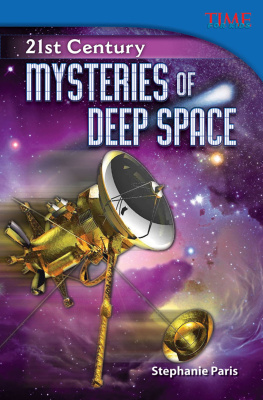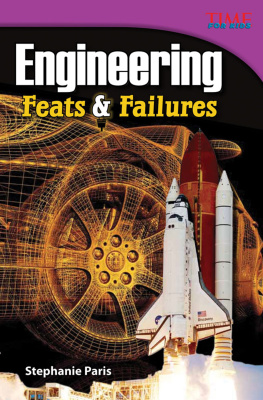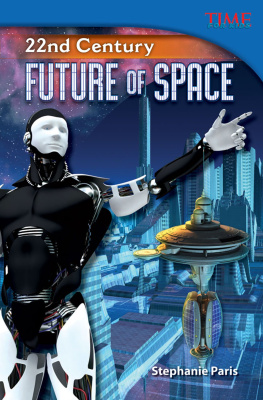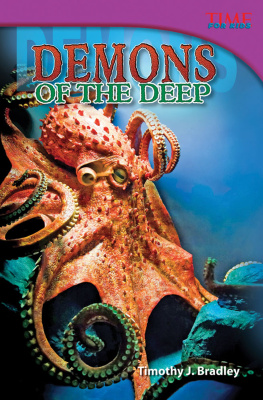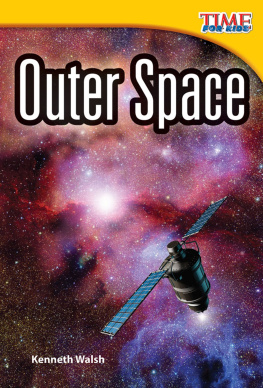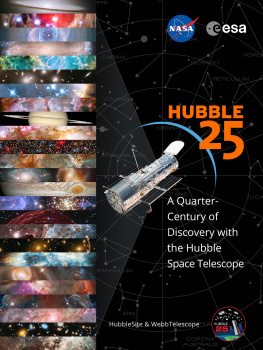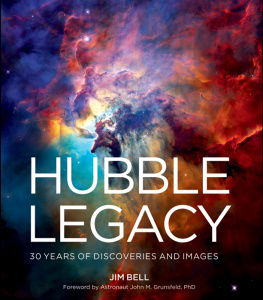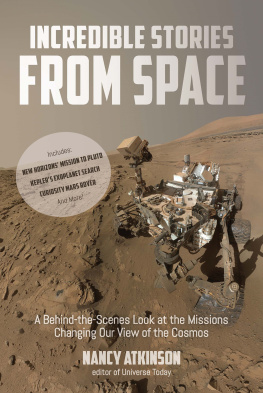
Mysteries
of
Deep Space
Mysteries
of
Deep Space
21st Century
Stephanie Paris


Consultants
Timothy Rasinski, Ph.D.
Kent State University
Lori Oczkus
Literacy Consultant
Matt Heverly
NASA Engineer
Based on writing from
TIME For Kids. TIME For Kids and the TIME
For Kids logo are registered trademarks of
TIME Inc. Used under license.
Publishing Credits
Dona Herweck Rice , Editor-in-Chief
Lee Aucoin , Creative Director
Jamey Acosta , Senior Editor
Lexa Hoang , Designer
Stephanie Reid , Photo Editor
Rane Anderson , Contributing Author
Rachelle Cracchiolo , M.S.Ed., Publisher
Image Credits: cover, pp.35, 811,
1621, 2829, 3233, 33, 36, 3639, 4445,
45, 4849, 53 (left), 5464 NASA; p.26
(bottom) iStockphoto; pp.23 (bottom),
55 REUTERS/Newscom; p.38 ZUMA Press/
Newscom pp.23 (top), 36, 42, 4648, 5051,
64 (bottom) Photo Researchers Inc.; p.35
(illustration) Stephanie Reid; pp.3031, 37,
4041 (illustrations) Timothy J. Bradley;
All other images from Shutterstock.
Teacher Created Materials
5301 Oceanus Drive
Huntington Beach, CA 92649-1030
http://www.tcmpub.com
ISBN 978-1-4333-4900-3
2013 Teacher Created Materials, Inc.
Teacher Created Materials
5301 Oceanus Drive
Huntington Beach, CA 92649-1030
http://www.tcmpub.com
2013 Teacher Created Materials, Inc.
Synched Read-Along Version by:
Triangle Interactive LLC
PO Box 573
Prior Lake, MN 55372
ISBN-13: 978-1-68444-959-0 (e-book)

Table of contents
Whats Out There? .............
Watching and Listening .......
Our Place in Space ............
Glossary .....................
Index .......................
Bibliography ................. 62
More to Explore ..............
About the Author .............

What's Out There?
When you look up at the night sky, what do you
think about? Do you imagine visiting those faraway
stars? Do you wonder if there is life out there? Do
you wonder how many stars there are and where they
all came from? These are the same questions that
scientists ask.
In the 20th century, adventurers began to explore
space. They built powerful rockets. They sent
satellites to faraway places. In the 1960s, they
even sent humans to the moon! But its the 21st
century now. Technology is more advanced. And
scientists are setting goals that take us farther away
from home.

Why do scientists want to
explore space?
How has learning about
space changed our lives?
What advances in
technology have helped
scientists explore space in
the 21st century?

THE SUN
Shine Your Light
The color of a star is related to how big it is. This is
because the color is related to the temperature and the
temperature is related to the size.
White Stars
75,000F
as small as
Earth; same
mass as
the sun
Blue Stars
45,000F
much larger
than the sun;
burns brightly
and quickly
Yellow Stars
10,000F
the same size
as the sun;
stable and
slow burning
Red Dwarfs
less than 7,000F
nearly a tenth of
the mass of the
sun; the most
common type
of star
A star lies at the center of our solar system . Its only
a midsized yellow star. Yet a million Earths could fit
inside. Its mass is nearly 300,000 times greater than the
Earths. We call it the sun . Without the sun, Earth would
be cold and very dark. The suns hot bright energy allows
life on Earth to survive. Without the suns gravity , Earth
and the other planets orbiting our sun would fly off into
space. Without the sun, there would be nothing to see
and no one to see it.

More than percent of
the solar systems mass is
found in the sun.
We Are All
Stardust
Nearly every element in the
universe was created in an intensely
hot star. Older stars exploded and
sent these element into the universe.
In time, they mixed together to
create new stars, new planets,
and even life here on Earth.

A Star Is Born
Just like humans, stars have a
life cycle. They are born, grow,
and eventually die. But unlike
humans, a stars life cycle can last
millions of years. Just like humans,
stars die at different ages. Humans die
when their bodies wear out. Stars die
when they run out of fuel.
Stars begin as giant
clouds of dust
and gas. These
nebulae are the
birthplaces of stars.
As it grows older,
the star expands
into a red giant.
A smaller sun-like
star is formed.
A planetary
nebula is formed
as the dying star
casts off its outer
layers of gas.
The star becomes
a white dwarf as
its core begins to
cool and shrink.
When all its
energy is used,
the star becomes
a black dwarf.
Low-Mass Star
Life Cycle

